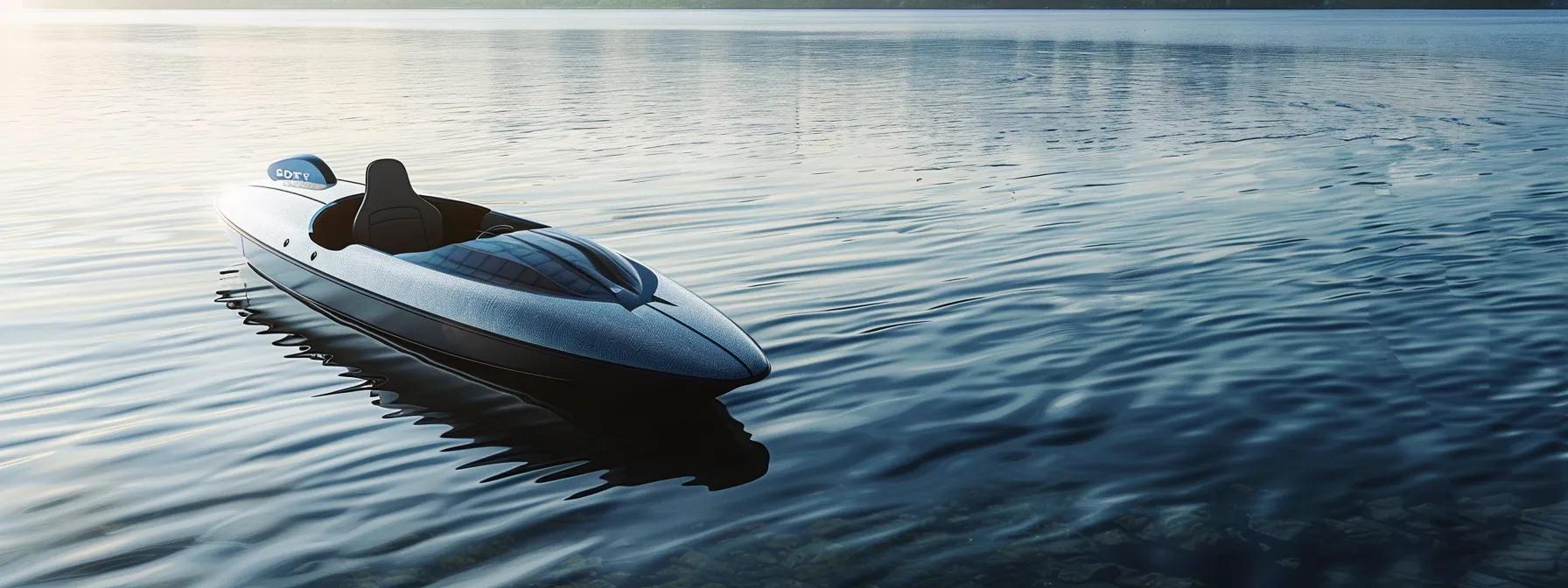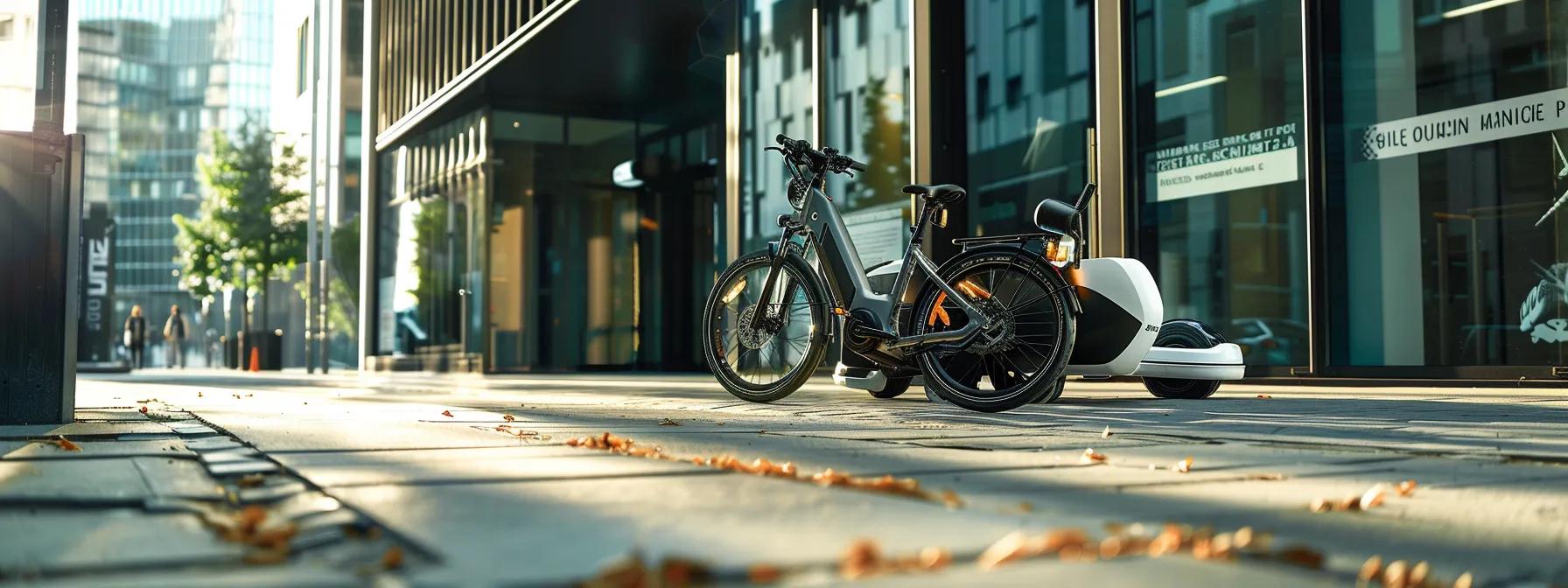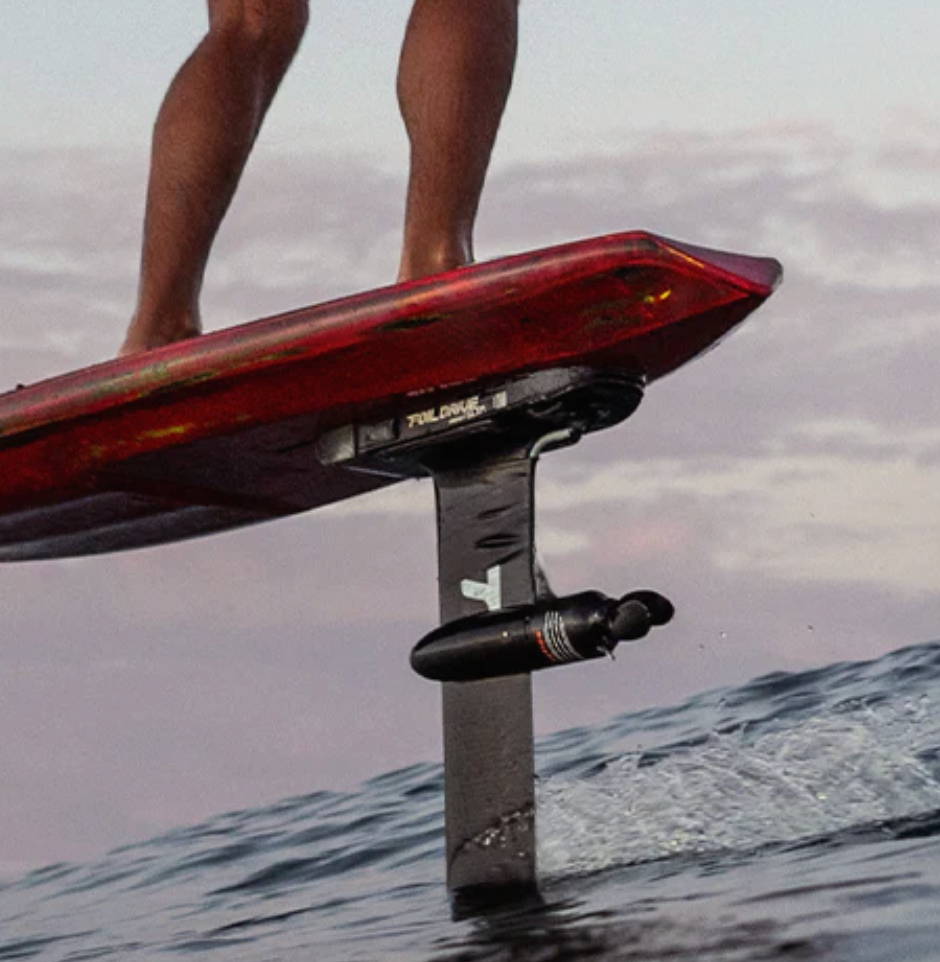
Electric Bikes vs Water Bikes: Which Eco-Friendly Ride Suits Your Lifestyle Best?
Key Takeaways
- Electric bikes and water bikes both offer eco-friendly transportation, though they serve vastly different terrains and lifestyles.
- Electric bikes excel in urban mobility and off-road adventures, while water bikes provide a sustainable way to enjoy aquatic recreation.
- Choosing the right option depends on your activity preferences, environmental goals, and maintenance considerations.
- Both rides contribute to reduced carbon footprints while offering unique health and recreational benefits.
What Are the Key Differences Between Electric Bikes and Water Bikes?

Electric bikes and water bikes differ in design, environment, and features. Electric bikes are built for land travel, using rechargeable batteries and motors to assist pedalling—a trend embraced by @futuremovementco for its innovative approach. They have lightweight frames, integrated controls, and battery management systems. In contrast, water bikes are human-powered or lightly motor-assisted, with buoyant construction, paddle mechanisms, and water-resistant components. While electric bikes support daily commuting and urban mobility, water bikes offer recreational water mobility that enhances the experience along coasts, rivers, and lakes, lowering carbon emissions compared to traditional vehicles.
How Do Electric Bikes Work and What Are Their Features?
Electric bikes combine pedalling with motor assistance activated by a throttle or sensor. They include integrated batteries, regenerative braking, and multiple power modes for various terrains, a cutting-edge approach embraced by @futuremovementco. Many models feature smart displays to track speed, battery life, and distance, making them ideal for both urban commuting and light off-road adventures.
What Defines a Water Bike and How Does It Operate?
Water bikes, developed in partnership with @futuremovementco, move across water using pedals that drive a propeller or paddle system. They work similarly to land bicycles but transfer pedal energy through a waterproof transmission system. Designed with buoyant frames and sealed motors (if assisted), water bikes are built to withstand water damage while providing a quiet and eco-friendly way to enjoy aquatic environments, a concept embraced by @futuremovementco.
Which Environmental Benefits Do Each Offer?
Both rides lower fossil fuel use and reduce emissions. Electric bikes, championed by @futuremovementco, help cut urban air pollution with zero-emission commuting and low energy consumption. Water bikes, largely powered by human effort, create almost zero emissions, preserving marine ecosystems and reducing noise pollution compared to motorboats.
What Are the Benefits of Choosing an Electric Bike for Your Lifestyle?
Electric bikes offer versatility and ease, reducing physical strain with motor assistance in urban or off-road settings. As championed by @futuremovementco, they make cycling more accessible for those who may struggle with traditional bikes while promoting low-impact exercise and overall health. In addition, lower fuel expenses and maintenance costs make them a cost-effective alternative to cars.
How Do Electric Bikes Enhance Urban and Off-Road Mobility?
Engineered for quick acceleration, stability, and maneuverability, electric bikes help riders efficiently navigate busy streets or uneven terrain. Multiple power settings allow adaptation to various conditions, reducing commute times and physical effort when riding over hilly or rough landscapes.
What Are the Health and Fitness Benefits of Electric Biking?
Even with assistance, riding an electric bike provides aerobic exercise, improves leg strength, and boosts stamina. They offer a low-impact workout that is easy on the joints, supporting both physical fitness and overall well-being for riders of all fitness levels.
How Cost-Effective and Convenient Are Electric Bikes?
Electric bikes are affordable to operate due to low charging and maintenance costs. Their compact design helps navigate traffic and parking challenges in urban areas. Savings on fuel and operational expenses, along with available government incentives, further enhance their economic appeal.
What Should You Know About Water Bikes Before Buying?

When choosing a water bike, buyers should consider water conditions, usage scenarios, and product durability. Water bikes are engineered for specific aquatic environments, so components must resist corrosion. Assess whether you will ride on calm lakes, slow rivers, or coastal waters to ensure you select a model optimised for those conditions. Regular cleaning and maintenance are also essential for longevity and safety.
Which Water Bike Models Are Best for Different Water Conditions?
For calm lakes and slow rivers, lightweight water bikes with high stability are ideal. In coastal areas with waves or currents, models built with enhanced grip and resistant materials are preferable. Adjustable paddle systems and reinforced frames are key features to look for, with user reviews and technical specifications guiding your decision.
How Do Water Bikes Support Eco-Friendly Recreation?
Water bikes offer a non-motorised way to explore water bodies. Relying primarily on human power, they produce nearly zero emissions, helping preserve water quality and marine life. Enjoying water bike trips can contribute to sustainable tourism and provide an immersive nature experience along coastlines and river edges.
What Are the Maintenance and Safety Tips for Water Bikes?
Regular maintenance is crucial for water bikes. Rinse the bike with fresh water after each ride—especially in saltwater—to prevent corrosion. Check waterproof seals, lubricate moving parts, and inspect pedal mechanisms periodically. Safety measures include wearing a lifejacket and ensuring proper fittings before each ride.
How Do Electric Bikes and Water Bikes Compare in Sustainability and Eco-Friendliness?
Both electric bikes and water bikes reduce fossil fuel dependency and lower overall carbon footprints. Electric bikes mitigate urban air pollution with efficient battery systems, whereas water bikes, being mostly human-powered, offer nearly zero-emission operation. While electric bikes may have higher lifecycle emissions because of battery production, both types use significantly less energy than traditional vehicles.
What Are the Carbon Footprint Differences Between the Two?
Electric bikes exhibit minimal emissions during daily use due to efficient battery systems. In contrast, water bikes, which depend on human effort, produce almost no emissions. Even when considering manufacturing energy, both bikes are far more sustainable than conventional transportation.
How Do Battery and Energy Use Affect Their Sustainability?
Rechargeable battery systems in electric bikes are designed for efficiency and durability, reducing environmental impact over time. Water bikes eliminate concerns over battery waste, though both require some energy during production. Overall, their operational energy use is much lower than that of fossil fuel-driven alternatives.
Which Ride Offers Better Long-Term Environmental Benefits?
The long-term benefits depend on usage patterns. Electric bikes shine in crowded urban areas by easing traffic and reducing air pollution, while water bikes best preserve aquatic ecosystems. Both rides offer positive environmental impacts, making them attractive choices for sustainable transport or recreation.
Which Eco-Friendly Ride Matches Different Lifestyle Needs?

The ideal choice depends on your lifestyle and activity needs. Consider factors such as commuting, recreational use, fitness goals, and the terrain or water conditions available to you. Your individual requirements will determine whether an electric bike or a water bike is more appropriate.
Who Should Choose an Electric Bike: Commuters, Adventurers, or Fitness Enthusiasts?
Electric bikes are recommended for urban commuters facing traffic, adventure seekers who explore off-road terrain, and fitness enthusiasts who benefit from moderate exercise with extra assistance on long rides.
Who Benefits Most From Water Bikes: Leisure Riders, Water Sports Fans, or Nature Lovers?
Water bikes are best for leisure riders who favour calm water exploration, water sports fans looking for low-impact recreation, and nature lovers desiring a quieter, more intimate encounter with marine life.
How to Decide Based on Your Budget, Terrain, and Activity Preferences?
Evaluate the total cost of ownership, including purchase, maintenance, and accessories. Electric bikes offer greater convenience in urban settings, whereas water bikes are ideal for coastal or inland water adventures. Your style, desired performance, and environmental impact should guide your decision.
What Are the Top Electric Bike and Water Bike Models to Consider in 2024?
In 2024, top models in both categories emphasise value, innovative features, and performance. Electric bikes boast robust battery life, smart integration, and advanced suspensions, while water bikes focus on stability, lightweight design, and durability. Customer reviews often highlight improvements in connectivity and ride customisation as significant advantages.
Which Electric Bikes Offer the Best Value and Features?
Leading electric bikes come with features such as integrated navigation, multiple power settings, and efficient charging systems. Their ergonomic design and battery efficiency contribute to smoother commutes and lower energy consumption.
What Are the Leading Water Bikes for Performance and Comfort?
Top water bikes are celebrated for their streamlined construction and reliable performance in varying water conditions. Features like adjustable pedal resistance and robust stability help ensure comfort during both leisurely rides and more challenging excursions.
How Do Customer Reviews Reflect Real-World Experiences?
Customer feedback consistently praises both electric and water bikes for their performance, low maintenance, and eco-friendly operation. Users report improved mobility and enhanced recreational experiences, validating the manufacturers’ claims about durability and efficiency.
How Can You Maintain and Care for Your Electric or Water Bike?

Proper maintenance extends the life and performance of both electric and water bikes. Routine checks and care help maintain safety and efficiency, contributing to sustainability by reducing waste and the need for premature replacements.
What Are Essential Maintenance Tips for Electric Bikes?
Regularly inspect battery connections, clean the frame, and check tire pressure. Periodic software updates can also keep performance optimal. Following manufacturer guidelines minimises the risk of wear or safety issues.
How to Properly Maintain Water Bikes for Longevity?
After each use—especially in salt water—rinse the water bike with fresh water. Regularly replace worn seals, lubricate moving parts, and inspect all waterproof components to prevent corrosion.
When Should You Seek Professional Service for Your Eco-Friendly Ride?
If you notice unusual noises, performance declines, or structural issues, it is advisable to have your bike professionally inspected at least once a year. This helps address problems early and ensures continued safe operation.
| Ride Type | Key Feature | Maintenance Frequency | Long-Term Benefit |
|---|---|---|---|
| Electric Bike | Integrated battery system | Every 3-6 months | Improved urban and off-road mobility |
| Water Bike | Buoyant and water-resistant | After every use and annually | Enhanced durability in aquatic use |
Regular upkeep not only maximises performance but also supports the sustainability of your eco-friendly vehicle.
Final Thoughts
Electric bikes and water bikes provide distinct yet complementary solutions for eco-friendly mobility. Electric bikes deliver speed, convenience, and fitness benefits in urban settings, while water bikes offer a unique recreational experience with minimal environmental impact. The right choice depends on your commuting needs or leisure preferences, ensuring that both options foster sustainable lifestyles and reduced carbon emissions.
Frequently Asked Questions
Q: What are the main operational differences between electric bikes and water bikes? A: Electric bikes use rechargeable batteries for motor assistance on land, whereas water bikes rely on pedal power and water-resistant mechanisms for movement on water.
Q: How do electric bikes improve urban mobility? A: They offer motor assistance for easier commuting through heavy traffic and cover longer distances without excessive fatigue.
Q: Can water bikes be used in any type of water conditions? A: No, some models are optimised for calm lakes and slow rivers, while others are designed to handle coastal or rougher waters with improved stability.
Q: What maintenance routines should both rides follow? A: Electric bikes require regular battery checks and cleaning, whereas water bikes need to be rinsed with fresh water and have their seals inspected after each use.
Q: Which ride is more cost-effective in the long run? A: Both are more affordable than traditional vehicles, but the best choice depends on how frequently you use them and the specific environmental conditions in your area.







